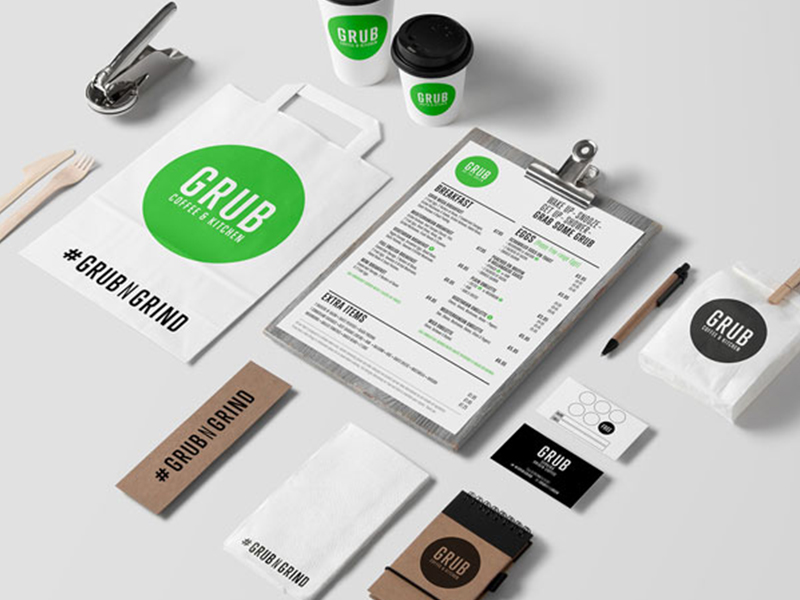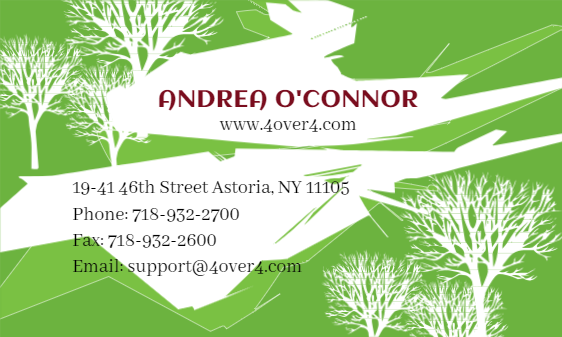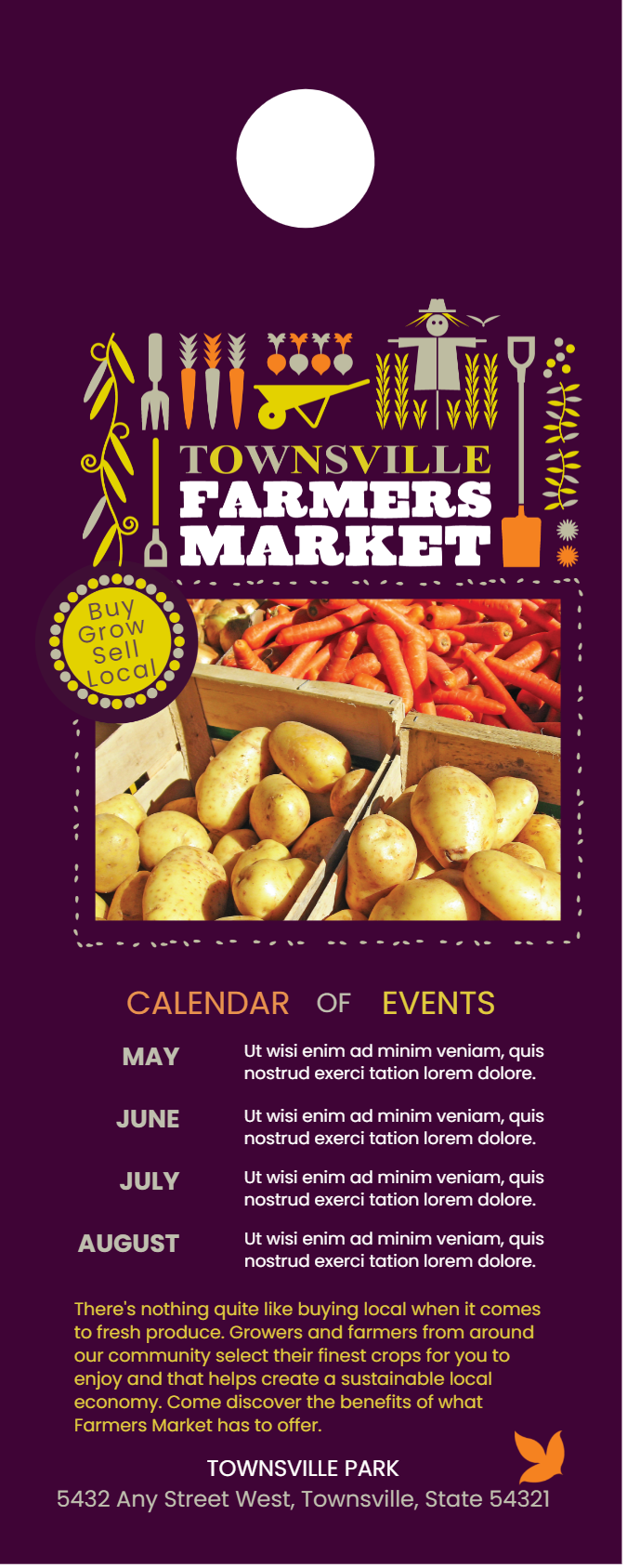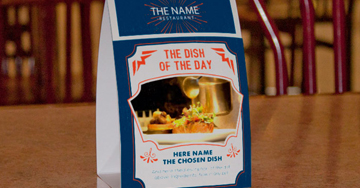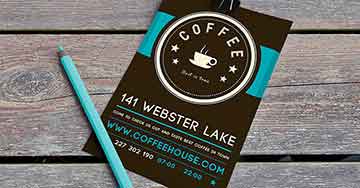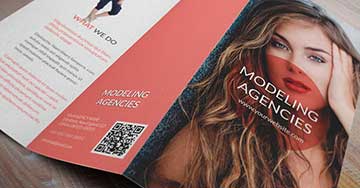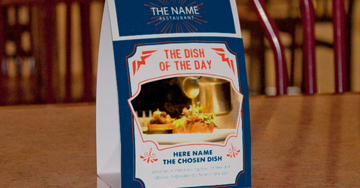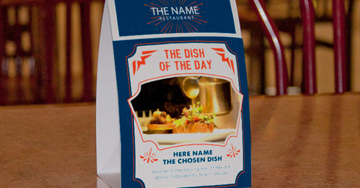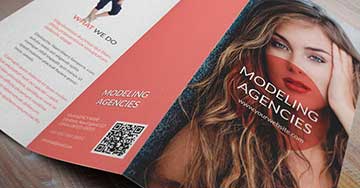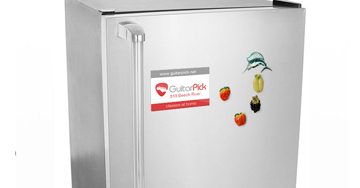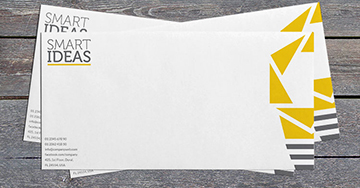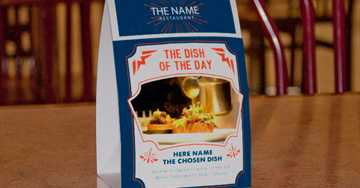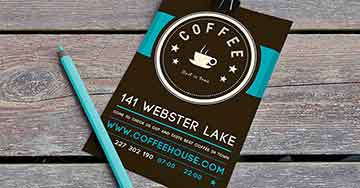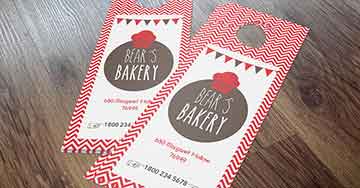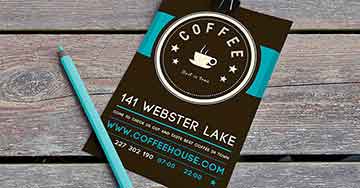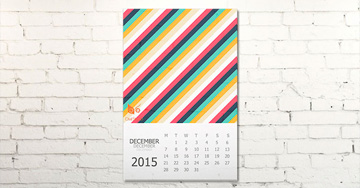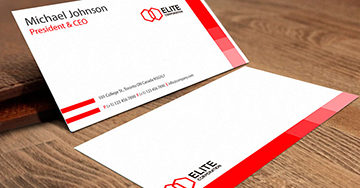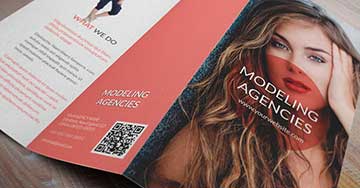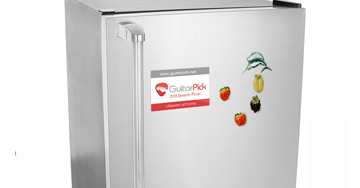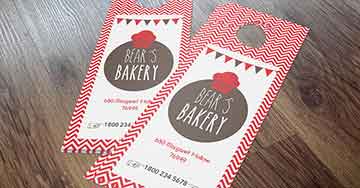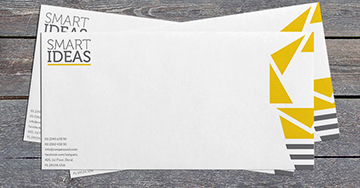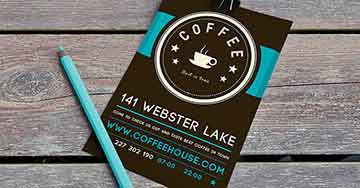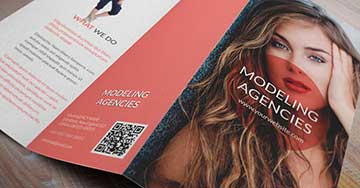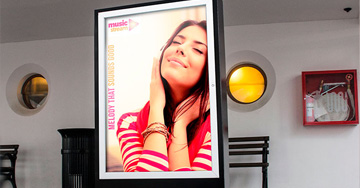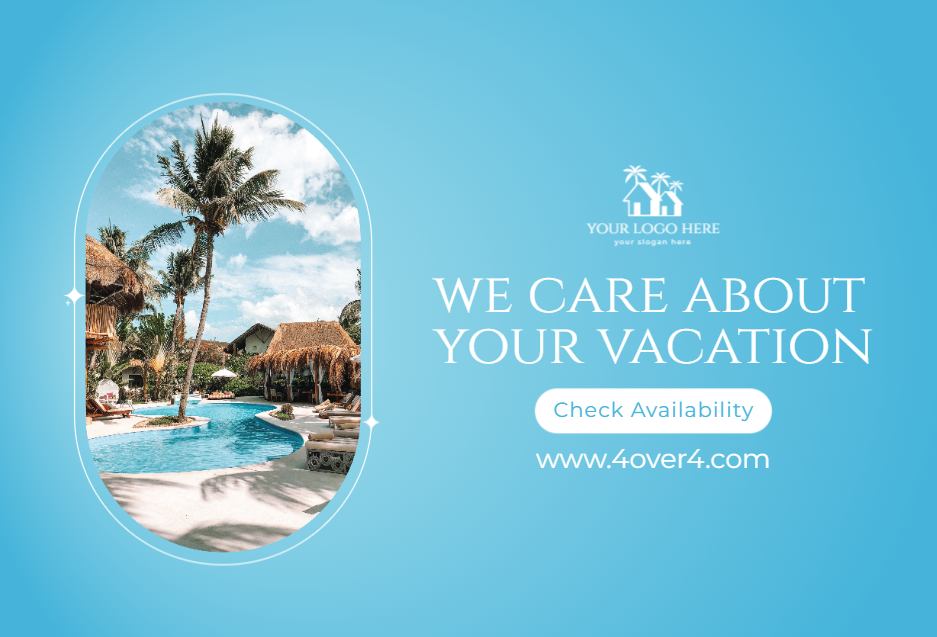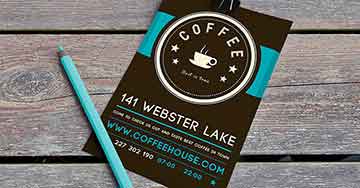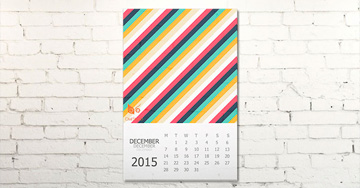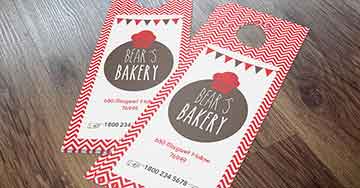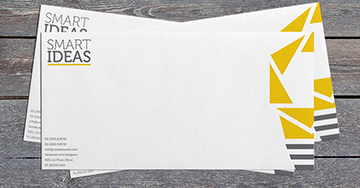TABLE OF CONTENTS
Key Takeaways
-
Understand the Basics: Grasp the fundamental concepts of promotional marketing materials to effectively communicate your brand's message and values.
-
Design Matters: Apply key design principles to create visually appealing and impactful promotional materials that capture attention and drive engagement.
-
Diversify Your Materials: Utilize a mix of print and digital marketing materials to reach a broader audience and maximize your campaign's impact.
-
Choose Effective Channels: Identify and leverage the most effective distribution channels to ensure your promotional materials reach your target audience.
-
Learn from Success: Analyze case studies of successful campaigns to gain insights and strategies that can be applied to your own marketing efforts.
-
Integrate Content Strategy: Seamlessly integrate your promotional materials into your overall content strategy to maintain consistency and reinforce brand messaging.
Understanding Promotional Marketing Materials
Definition and Importance
Promotional marketing materials are tools used to promote products or services. They include brochures, flyers, business cards, and digital ads. These materials help increase brand awareness. Customers recognize the brand more easily.
These tools engage customers effectively. They provide information and create interest. Businesses use them to stand out from competitors. Unique custom printing ideas or custom car magnets can make a big difference. Differentiating a business is crucial in crowded markets.
History and Evolution
The origins of promotional marketing materials trace back to early advertising methods. In the 19th century, businesses used posters, handbills, and holiday print ads. These were simple but effective.
The evolution from print to digital formats began in the late 20th century. The internet changed everything. Digital ads became popular. Social media platforms emerged as powerful tools.
Key technological advancements have shaped current practices. Graphic design software improved the quality of print materials. Online marketing tools made it easier to reach a global audience. QR codes and augmented reality added interactive elements.
Benefits for Businesses
Promotional marketing materials help businesses reach a wider audience. Printed items can be distributed locally or at events. Digital ads can target specific groups online.
They enhance brand recognition and loyalty. Consistent use of logos and colors builds familiarity. Customers trust brands they recognize.
These materials are cost-effective compared to other marketing strategies. Printing costs have decreased over time. Digital ads offer affordable options with high returns.
Design Principles for Promotional Materials
Key Design Elements
Colors, typography, and imagery are crucial design elements. Colors evoke emotions and can influence behavior. Typography affects readability and sets the tone. Imagery captures attention and conveys messages quickly.
A clear and compelling message is essential. The message should be concise and easy to understand. It should highlight the benefits of the product or service.
A strong call-to-action (CTA) is vital. The CTA directs the audience on what to do next. Phrases like "Buy Now" or "Sign Up Today" encourage immediate action.
Branding Consistency
Maintaining consistent brand colors and logos is important. Consistency helps recognize the brand across different platforms. It ensures that promotional materials in the print marketing kit align with the overall brand image.
Consistency builds trust and brand identity. Customers who see familiar colors and logos feel more connected to the brand. This connection fosters loyalty.
Brand guidelines play a crucial role in ensuring uniformity. These guidelines provide specific instructions on how to use colors, fonts, and logos. They help designers create cohesive promotional materials.
Visual Hierarchy
Visual hierarchy refers to the arrangement of elements in order of importance. It guides viewers' attention through the design. Without a clear hierarchy, a design can look cluttered and confusing.
Techniques like size, color, and placement guide viewer attention. Larger elements draw more attention than smaller ones. Bold colors stand out more than muted tones. Strategic placement leads the eye from one element to another.
A focal point is necessary to draw interest. This could be an image, headline, or CTA button. The focal point should be prominent and easy to find.
Types of Promotional Materials
Print Options
Brochures, flyers, and business cards are common print materials. Brochures offer detailed information about a product or service. Flyers are great for quick announcements and events. Business cards provide contact information in a compact form.
High-quality printing makes a difference. It enhances the material's look and feel. This can leave a lasting impression on the audience.
Various printing techniques exist. Offset printing is ideal for large quantities. Digital printing suits smaller runs. Special finishes like embossing and UV coating add a touch of elegance.
Digital Options
Print marketing trends, film festival advertising, social media graphics, online ads, and e-brochures are popular digital materials. Social media graphics catch attention quickly. Online ads reach a broad audience. E-brochures are interactive and engaging.
Digital formats have many advantages. They can reach a global audience instantly. Interactivity allows users to engage with content directly.
Mobile-friendly designs are crucial. Many people access content on their phones. Ensuring readability on small screens improves user experience.
Hybrid Materials
Hybrid materials combine print and digital elements. They bridge the gap between traditional and modern marketing methods.
QR codes on printed materials, like those used in movie poster printing, can lead to online content. This creates an interactive experience for the user. NFC (Near Field Communication) tags work similarly.
Integrating both formats offers several benefits:
-
Consistency: A cohesive strategy across platforms.
-
Engagement: Interactive elements increase user involvement.
-
Reach: Combining formats maximizes audience exposure.
Print Marketing Materials
Brochures and Flyers
Brochures and flyers provide detailed information about products or services. They help potential customers understand offerings better. Including images, descriptions, and prices can make them more informative.
Design tips include using bold headings and bullet points. Keep the text concise and easy to read. Use high-quality images to attract attention. The colors should match the brand's theme.
These materials are effective in face-to-face interactions. Salespeople can hand them out during meetings or events. Customers appreciate having something tangible to refer to later.
Posters and Banners
Posters and banners are used in high-visibility areas. They catch people's attention quickly. Placing them in busy locations increases their reach.
Design considerations focus on readability and impact from a distance. Use large fonts and contrasting colors. Simple messages work best. Include essential information like dates, times, or special offers.
They play a significant role in events and trade shows. Large banners draw visitors to booths or stands. Posters can guide attendees to specific areas or highlight key features of a film festival advertising event.
Business Cards
Business cards are crucial for networking and making first impressions. They provide contact information quickly and conveniently.
Essential design elements include the person's name, job title, company name, phone number, email, and website. Branding elements like logos and color schemes should be consistent with other marketing materials.
Unique designs help business cards stand out. Using different shapes, textures, or finishes can make them memorable. Creative designs leave a lasting impression, making recipients more likely to keep the card. For example, you can explore some Valentine's Day ideas to create something special.
Digital Marketing Materials
Social Media Graphics
Visuals play a crucial role in engaging social media audiences. People are naturally drawn to images and videos. Social media graphics can capture attention quickly.
Platform-specific designs are essential. Each platform has unique requirements. For example, Instagram favors square images, while Twitter prefers horizontal ones.
Consistency with overall branding is key. Use the same colors, fonts, and logos across all platforms. This helps build brand recognition and trust.
Online Ads
There are different types of online ads. Banner ads appear at the top or sides of web pages. Pop-ups emerge in separate windows or overlays.
Targeting options help reach specific audiences. Advertisers can choose demographics, interests, and behaviors. This ensures ads are shown to relevant users.
Compelling visuals and copy are vital. Ads must stand out in crowded online spaces. Clear images and strong messages increase click-through rates.
Infographics
Infographics are visual representations of data or information. They combine text, images, and charts to convey complex ideas.
These visuals simplify complex information. Infographics make data easy to understand at a glance. They are useful for sharing statistics or processes.
Design tips for clarity include using contrasting colors and readable fonts. Avoid clutter by keeping the design clean and focused on key points.
Videos
Video content is growing in importance for marketing. People prefer watching videos over reading text. Videos can explain products or services effectively.
Different types of promotional videos exist. Product demos show how items work. Testimonials feature customer experiences and reviews.
High production quality is necessary for engagement. Clear audio, sharp visuals, and good lighting matter. Engaging content keeps viewers interested till the end.
Effective Distribution Channels
Online Channels
Websites, social media, and email are key online channels for promotional marketing. Websites serve as a central hub where customers can find detailed information about products and services. Social media platforms like Facebook, Instagram, and Twitter allow businesses to engage with their audience in real time. Email marketing helps reach out directly to potential and existing customers.
Each channel offers unique benefits. Websites provide comprehensive content and facilitate e-commerce. Social media enhances brand visibility and customer interaction. Email marketing is cost-effective and highly targeted. An integrated online presence ensures consistent messaging across all platforms, which builds trust and recognition.
Offline Channels
Offline channels include direct mail, events, and in-store promotions. Direct mail involves sending physical promotional materials to customers' homes. Events can range from trade shows to community gatherings where businesses showcase their offerings. In-store promotions attract foot traffic and encourage immediate purchases.
Tangible materials create lasting impressions. Receiving a well-designed brochure or attending an engaging event can be memorable experiences for customers. Local targeting is crucial for offline channels. Businesses can tailor their messages to the specific needs and preferences of the local community, making the marketing efforts more effective.
Hybrid Strategies
Hybrid strategies combine online and offline marketing efforts. For example, businesses can use social media to promote upcoming in-store events or share photos from recent ones. Another example is using email campaigns to drive traffic to physical stores during special sales.
A multi-channel approach has several benefits. It increases the chances of reaching a broader audience by tapping into both digital and physical spaces. Combining online and offline efforts creates a cohesive customer experience, reinforcing the brand message through multiple touchpoints. This strategy also allows businesses to gather data from various sources, providing valuable insights for future campaigns.
Case Studies of Successful Campaigns
Small Business Examples
Small businesses often rely on creative promotional materials. For instance, a local bakery used custom-designed flyers with coupons and holiday print ads. This strategy attracted new customers and increased sales by 20% in three months.
Creativity is key for small businesses. They usually have limited budgets. Using unique designs or personalized messages, such as custom printing ideas, custom door hanger advertising, or custom car magnets, can make a big impact. Personalized materials like thank-you cards or customized offers create a connection with customers.
A small bookstore created bookmarks with their logo and a discount code. These bookmarks were given to every customer. This simple yet effective idea boosted repeat visits and sales.
Corporate Campaigns
Large corporations invest in extensive research for their campaigns. Coca-Cola's "Share a Coke" campaign is a prime example of the best print ads. Launched in 2011, it featured bottles with popular names printed on them. This personal touch led to a 2% increase in U.S. sales after years of decline.
Professional design plays a crucial role in corporate campaigns. Companies like Apple use sleek, minimalistic designs that align with their brand image. Their promotional materials are consistent across all platforms, reinforcing their brand identity.
Aligning promotional materials with corporate goals ensures success. For instance, Nike’s "Just Do It" campaign focuses on empowerment and athleticism. All their promotional content reflects these values, creating a strong brand image.
Non-Profit Success
Non-profits often use storytelling in their promotional materials. The World Wildlife Fund (WWF) uses powerful images and stories of endangered animals. This emotional appeal encourages people to support their cause.
Clear calls to action are essential for non-profits. Charity: Water uses compelling videos showing the impact of clean water projects. Each video ends with a direct call to action for donations. This approach has helped them raise millions of dollars.
Personal stories also make a difference. A local animal shelter shares stories of rescued pets in their newsletters and social media posts. These stories highlight the shelter's work and encourage community support.
Practical Tips and Techniques
Design Tips
Keep designs simple. Focus on key messages. Avoid cluttering the layout. Use high-quality images. They attract attention and convey professionalism. Ensure fonts are readable. Choose clear, large fonts for text. Test designs with target audiences. Gather feedback before finalizing.
Distribution Tips
Distribute materials effectively. Target the right audience. Identify locations where your audience frequents. Combine multiple distribution channels. Use both online and offline methods. This increases reach and visibility.
Measuring Success
Measure success accurately. Track engagement rates. Monitor how often people interact with your materials. Calculate conversion rates. Determine how many interactions lead to desired actions. Assess ROI (Return on Investment). Compare profits to costs spent on materials.
Content Strategy Integration
Aligning with Goals
Promotional marketing materials must align with business goals. They should reflect the company's mission and vision. For example, a company aiming to increase eco-friendly product sales might use green colors and sustainability-focused messages in their flyers.
Strategic planning is crucial. It ensures that every piece of promotional material serves a purpose. This alignment helps achieve desired outcomes like increased brand awareness or higher sales.
Audience Targeting
Understanding and targeting specific audiences is essential. Businesses need to know who they are trying to reach. This involves identifying demographics such as age, gender, and interests.
Methods for identifying target audiences include surveys and market research. Segmenting these audiences allows for more personalized messaging. Align your design with print marketing trends. Personalized promotional materials, including a print marketing kit, are more relevant and engaging, leading to better results.
Content Calendar
A content calendar is a tool for planning and scheduling promotional activities. It helps businesses stay organized and consistent. By mapping out content ahead of time, companies can ensure regular updates.
Maintaining a consistent posting schedule has many benefits. It keeps the audience engaged and builds trust over time. Aligning content with marketing campaigns ensures that all efforts achieve the same goals.
Related Guides
All content inside Guides type
987
Stand out with our top promotional materials for business in 2024. Discover the best products to win customers over and boost your marketing strategy.
Related Industries
Browse our related industries
3096
Discover how Farm Business Cards can boost your Agriculture Farming brand with our detailed guide, offering practical tips for creating effective cards.
1668
Discover our guide on designing effective Fitness Business Cards for Fitness Sports, offering key insights to elevate your branding with personalized print solutions.
Discover our informative Farm Flyers guide and learn how to design effective prints for Agriculture Farming, enhancing your communication with the farming community.
Learn how Farm Door Hangers can enhance Agriculture Farming practices with this insightful guide, designed to offer practical tips and solutions.
Discover our informative guide on Entertainment Postcards and Art Entertainment, and master the art of crafting captivating postcards for any occasion.
Discover our in-depth guide on Corporate Catalogs for the Corporate Industry to enhance your printing strategy and engage clients effectively.
Discover our guide on creating impactful Automotive Table Tents for Automotive Transportation events and elevate your marketing game with practical insights, today.
Discover our guide on crafting impactful Financial Postcards, a must-read for Financial Services looking to enhance customer engagement effectively.
